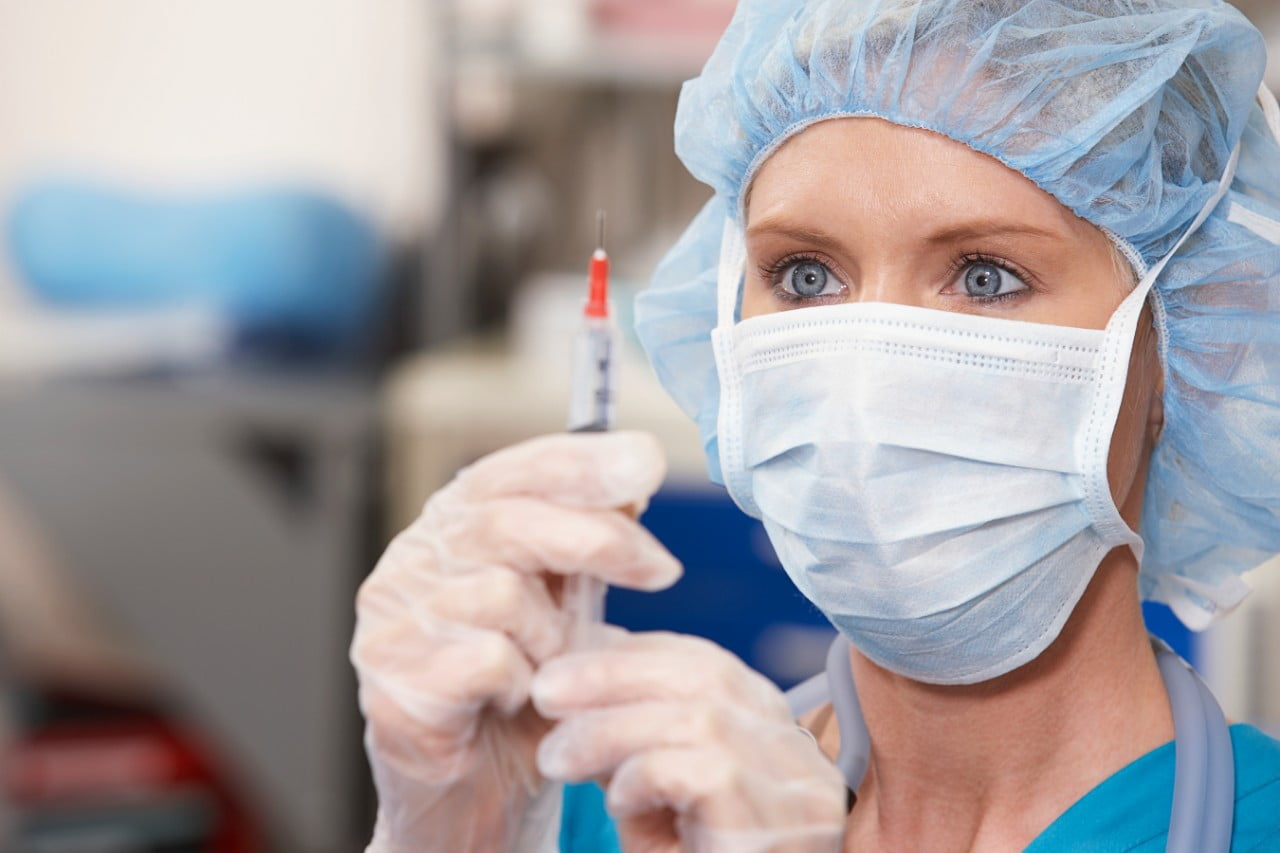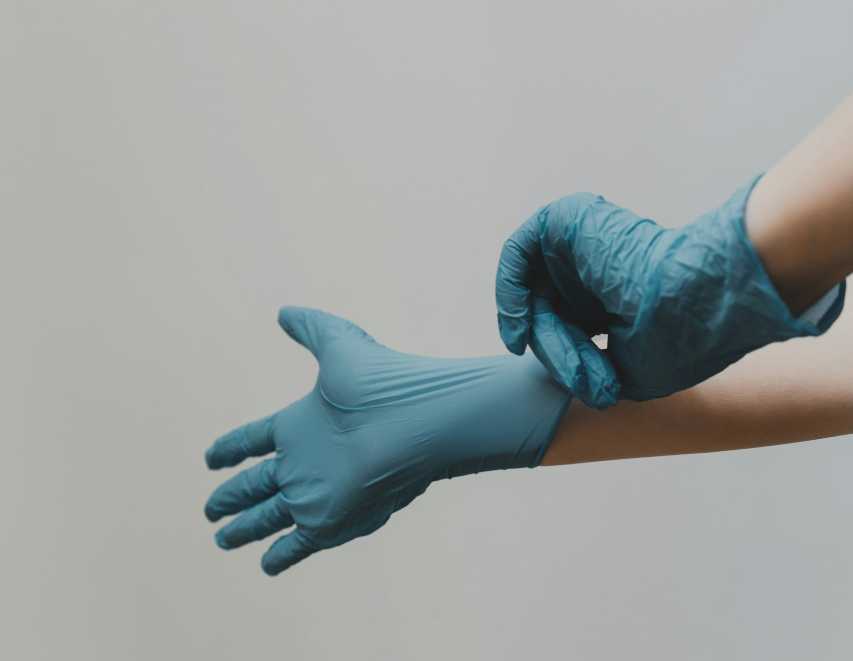Whether you’re working in a hospital, in a janitorial role, a laboratory, or transporting hazardous substances, the possibility of coming into contact with infections like HIV, hepatitis B, and hepatitis C is very real.
Bloodborne pathogens are dangerous microorganisms found in human blood and other body fluids that can cause disease.
How to avoid the top 3 mistakes when handling Bloodborne Pathogens
Protecting yourself and others from bloodborne pathogens is more than a workplace requirement - it is a personal responsibility. Knowing how to avoid the most common mistakes when handling them keeps everyone safer.

Required Tools:
Specialist Items Needed:
Steps to correctly handle Bloodborne Ptahogens



Consequences of Lax Hygiene
Neglecting basic hygiene leads to accidental exposure, especially when performing tasks involving sharp objects or open wounds.
Short-term issues can include sudden illness, while long-term outcomes might involve the transmission of chronic diseases to you, your colleagues, or others.
Conclusion
Mistakes when handling bloodborne pathogens can have serious consequences.
Avoiding improper PPE use, poor hygiene, and unsafe disposal practices mitigates the chances of infections and protects everyone.
Always stay informed, follow best practices, and don’t hesitate to ask for additional training if unsure. By staying vigilant, you help create a safer workplace and community.
For more detailed information on protecting yourself from Bloodborne Pathogens read this article.




